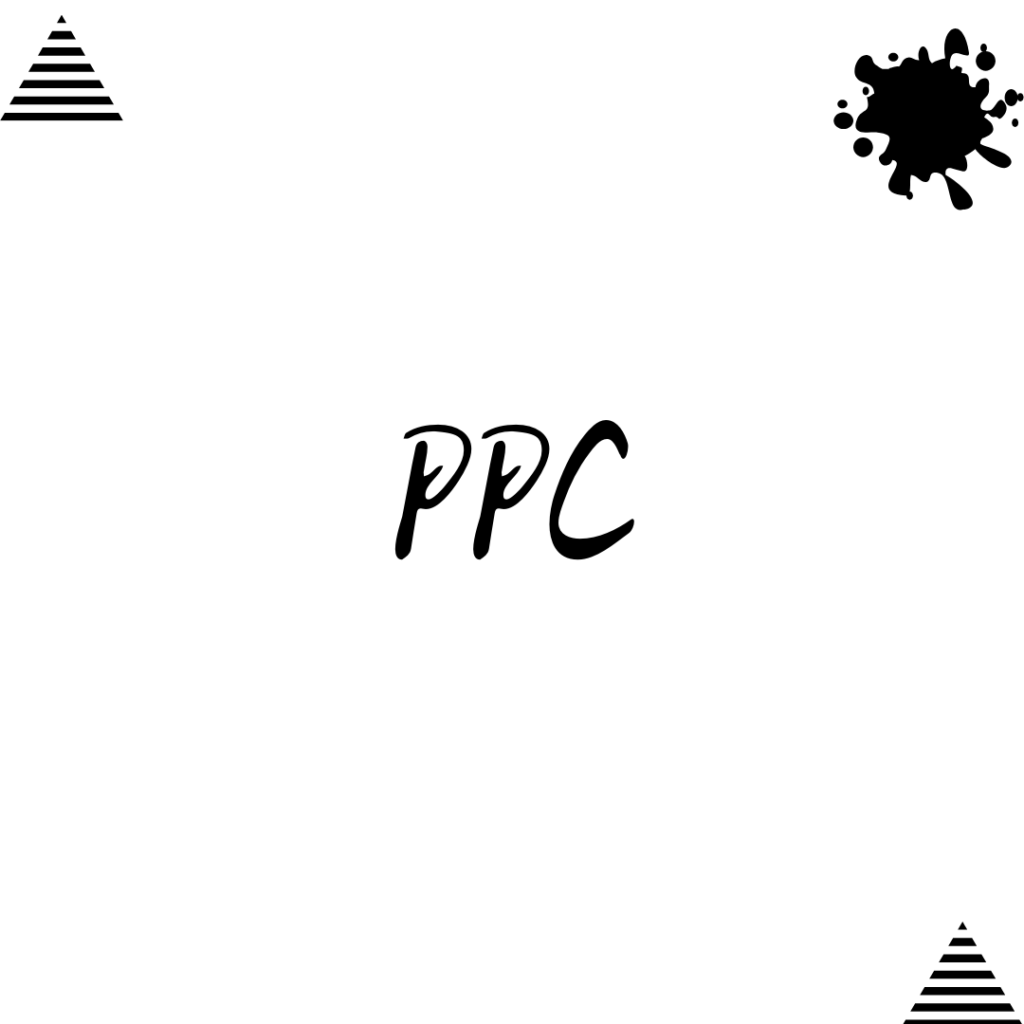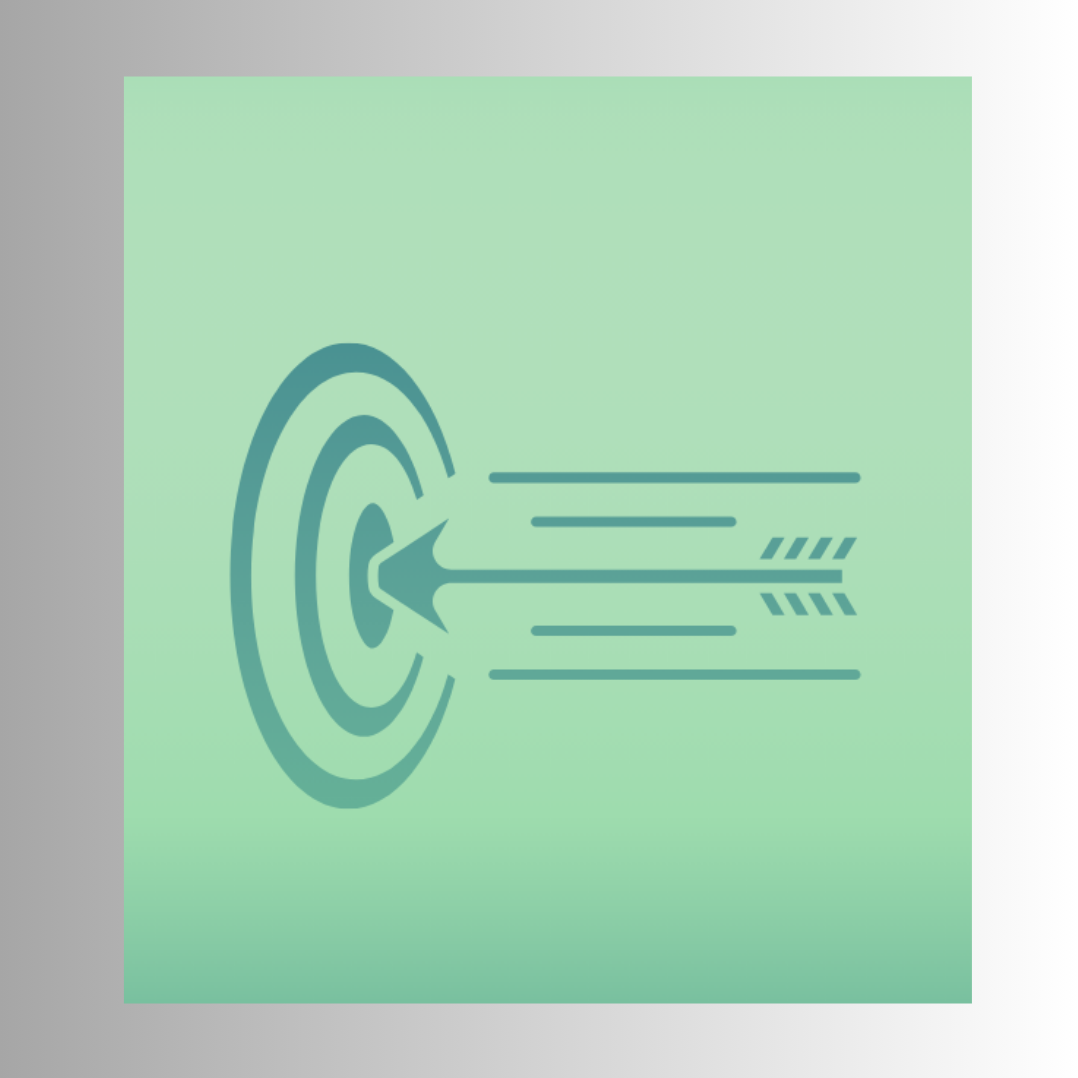
Pay Per Click Advertising: Fast Results through Data-Driven Bidding
PPC shows ads alongside search or display content and charges only when someone clicks.
Advertisers bid on keywords, but Google Ads also weighs quality score and expected impact.
Higher relevance reduces effective cost per click and raises ad rank simultaneously.
Successful managers research intent clusters rather than chasing broad, expensive head terms.
Precise match types and negative keywords keep budgets focused on commercial traffic.
Building and Optimising Campaign Structure
A clear hierarchy links account, campaign, ad group and keyword for easier control.
Each ad group houses tightly themed keywords that share one compelling value proposition.
Responsive search ads test multiple headlines automatically and surface top performing combinations.
Extensions add site links, prices and calls to action, boosting click-through rate without extra fees.
Continuous A B testing rotates creatives and pauses underperformers before they drain spend.
Bid strategies like Target CPA and Maximise Conversions adjust offers in real time using smart signals.
Daily performance checks flag anomalies and trigger budget reallocations toward winners.
Measuring ROI and Scaling Profitably
Platform dashboards provide conversions, but true ROI requires CRM or analytics integration.
Import revenue data to calculate return on ad spend rather than vanity metrics.
Attribution models reveal which keywords assist sales so you avoid cutting vital research terms.
Automated rules lower bids when profitability dips below threshold and raise them during peak hours.
Scalability depends on incremental lift, not raw impressions, so monitor marginal cost curves carefully.
Well maintained PPC funnels feed remarketing audiences, lowering overall acquisition cost across channels.
